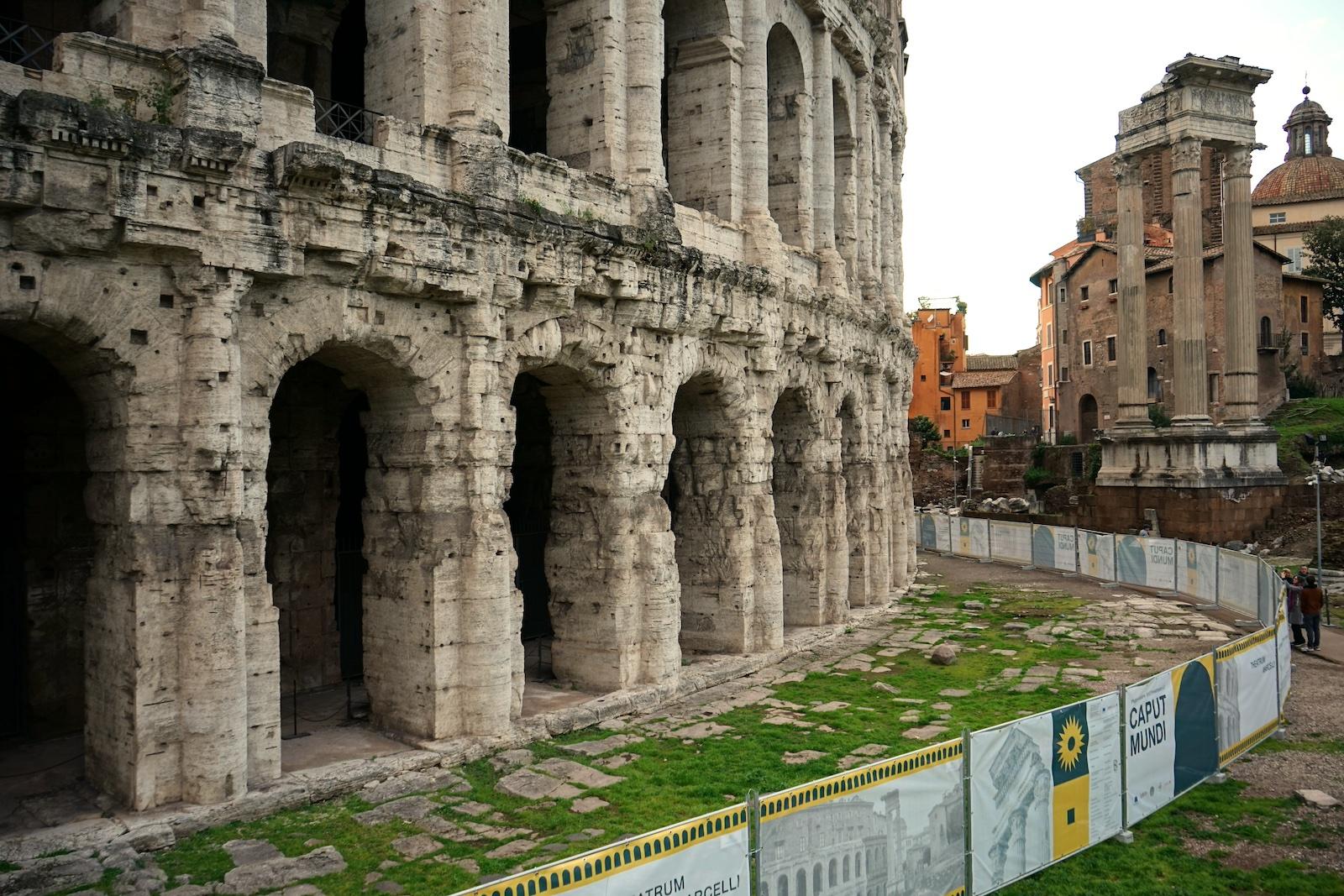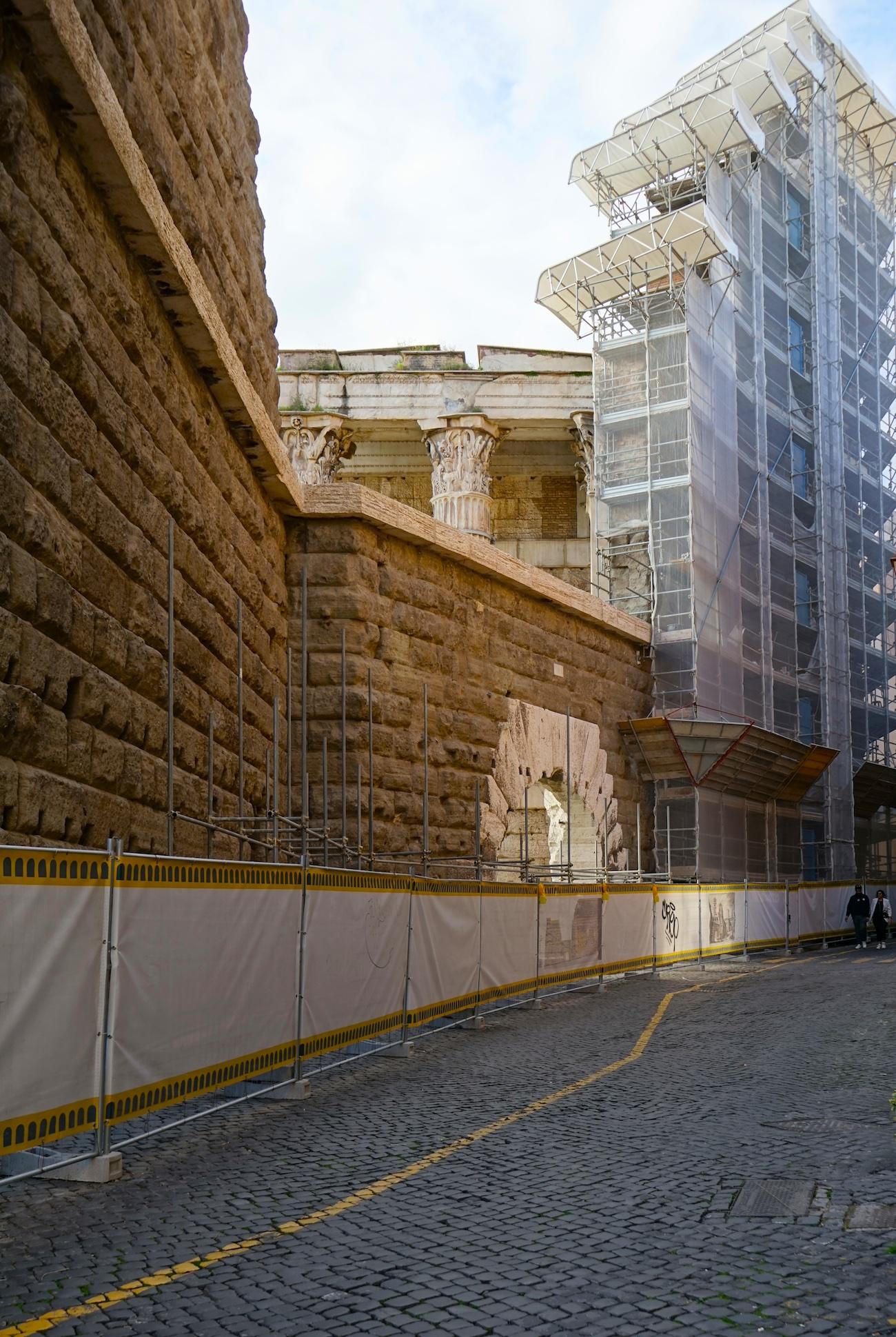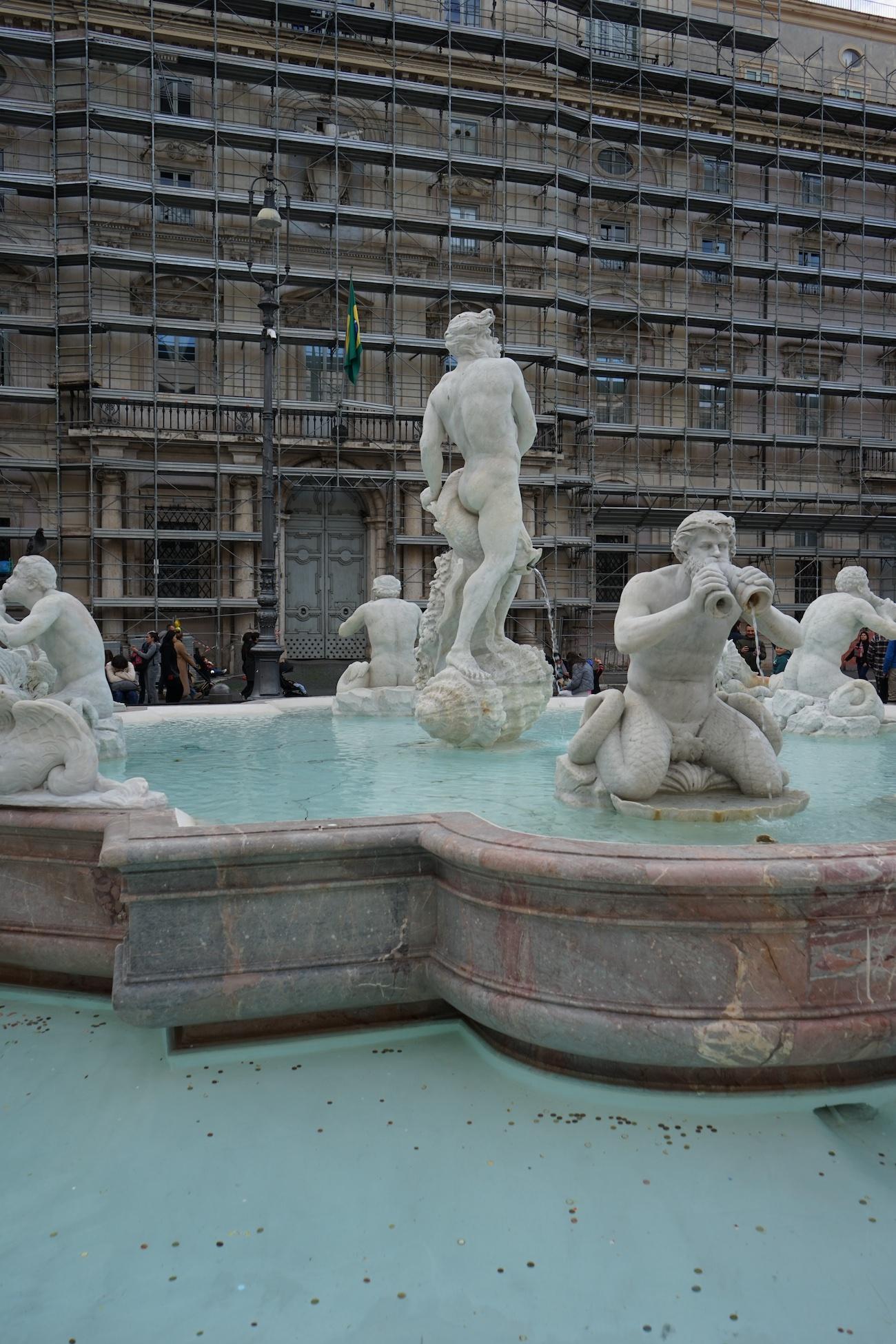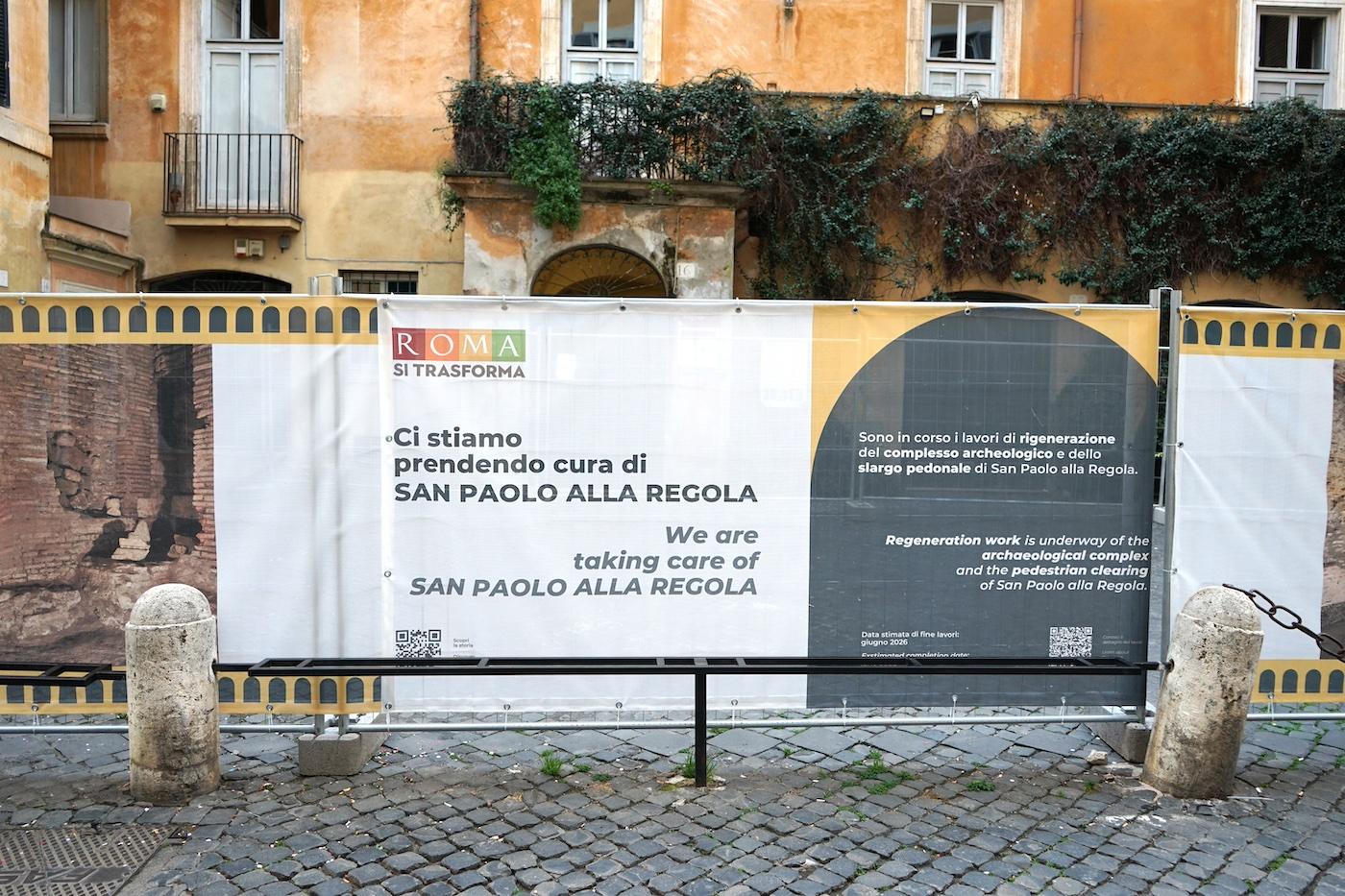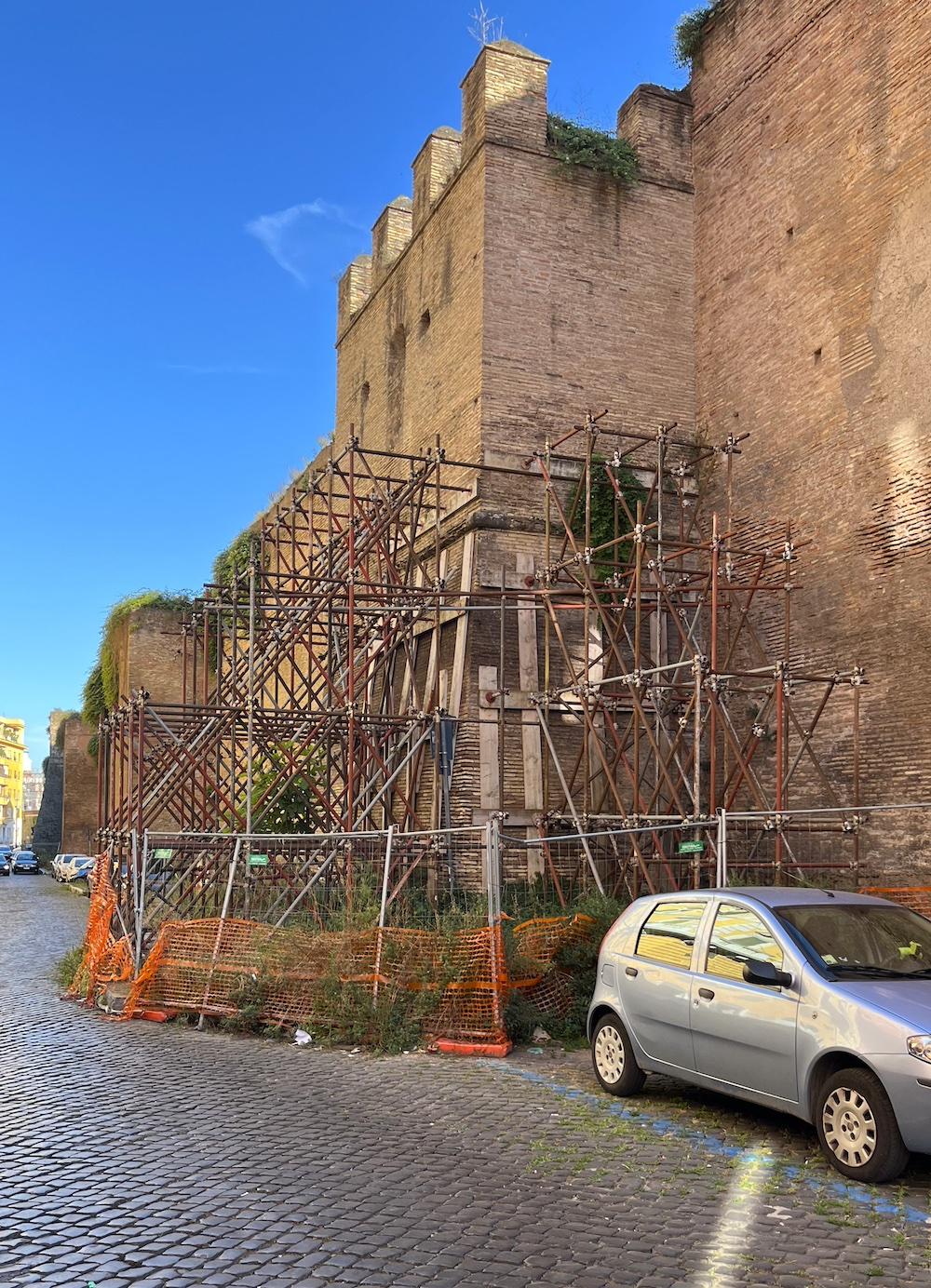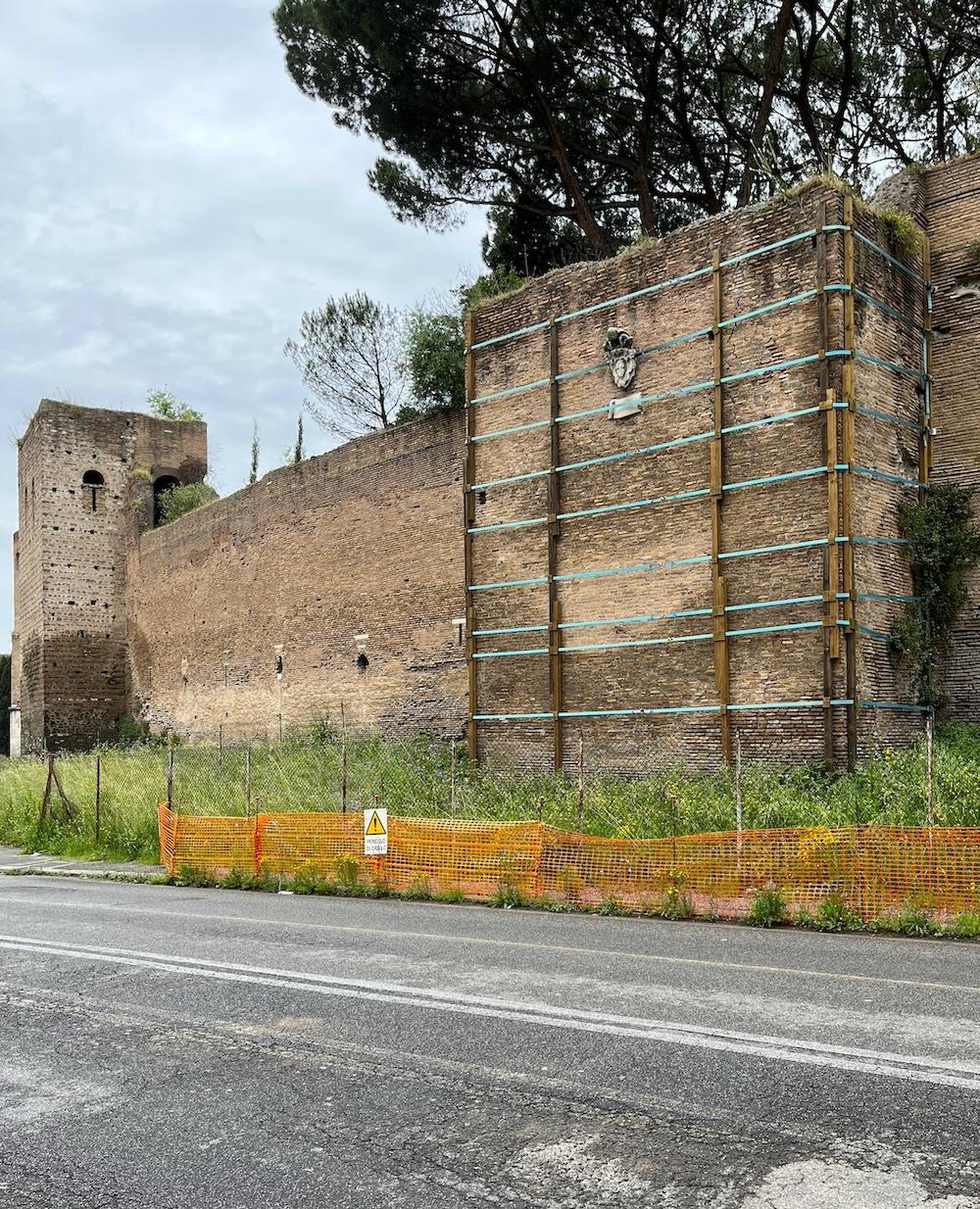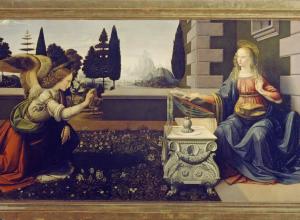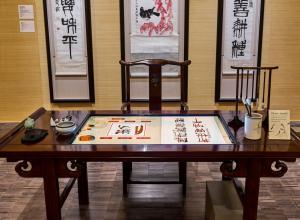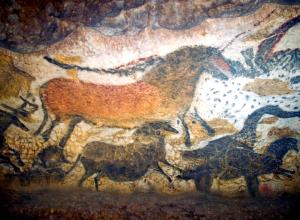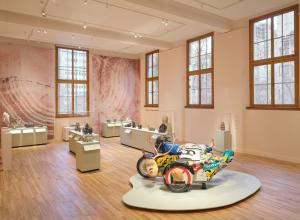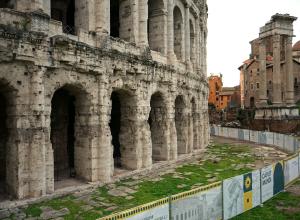Historical monuments last if they are looked after. This requires money, the availability of which fluctuates, meaning that campaigns of conservation and restoration might seemingly come all at once, as has been happening in Rome over the last year.
Ostensibly, the main reason for the burst of recent work is that 2025 is a Papal Jubilee year, designated by the Pope to be of particular significance for the Catholic Church. Since their inception, these ‘Holy Years’ (the first was in 1300) have been intended to encourage pilgrims to flock to the city. In preparation for millions of extra visitors anticipated to arrive in Rome this year, major piazzas have been redesigned, fountains cleaned, churches renovated, and dozens of archaeological sites conserved, including ancient tombs, temples, and housing.
In the distant past, the Vatican or the old aristocratic families of Rome footed the bill for maintaining and enhancing the city’s built heritage (inscriptions testifying to earlier restorations can be seen on many of the monuments). Today, it primarily falls to the Italian State or Municipality of Rome to find the money.




